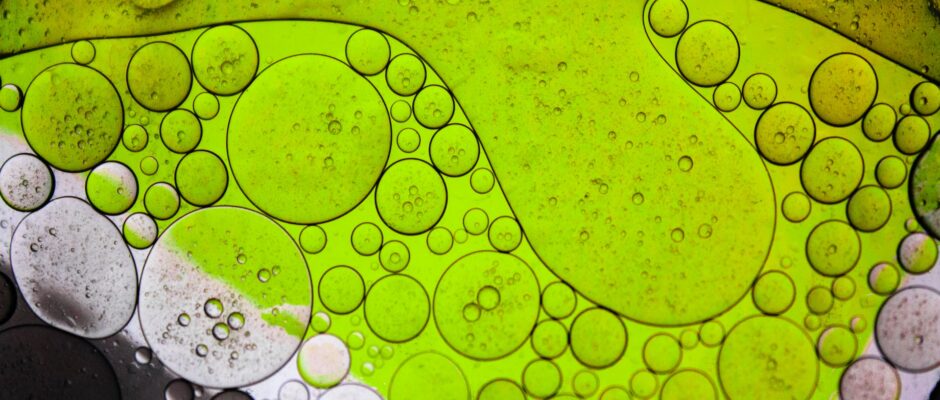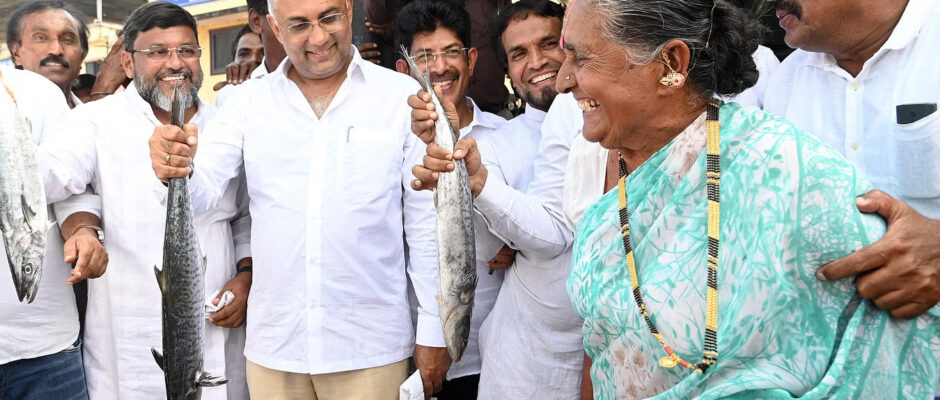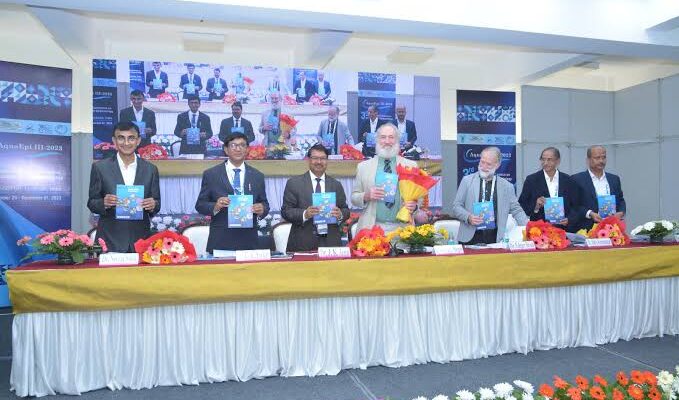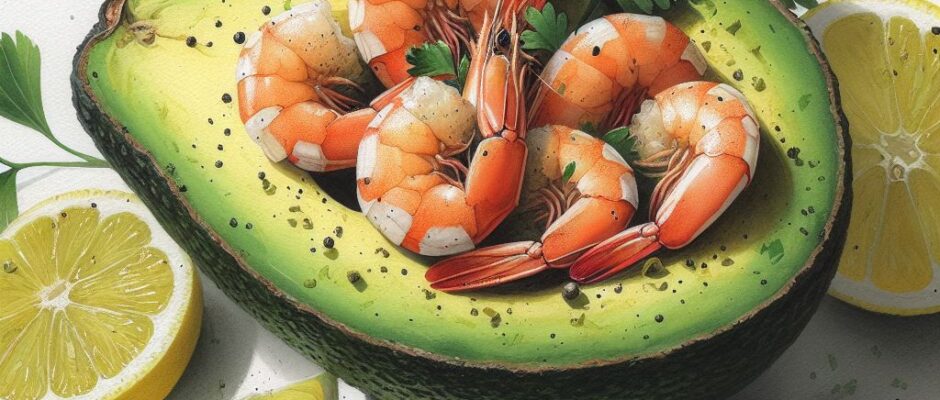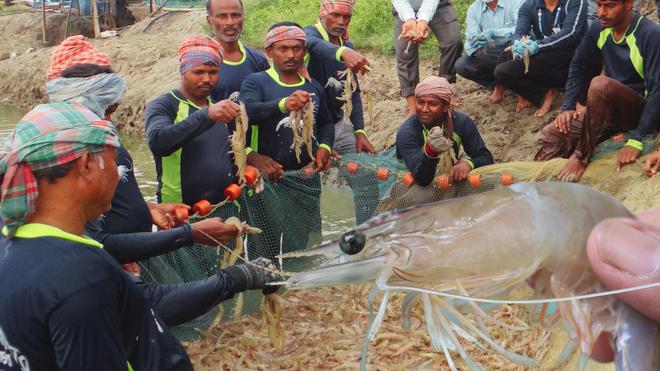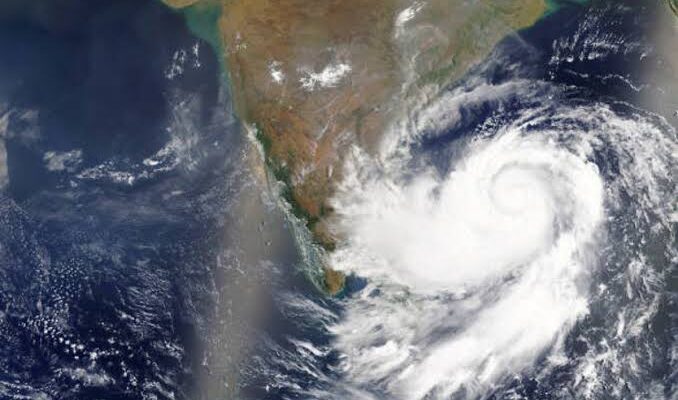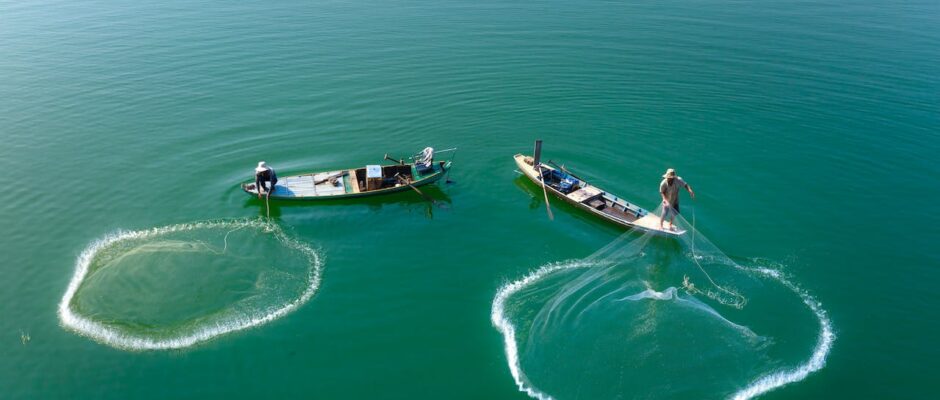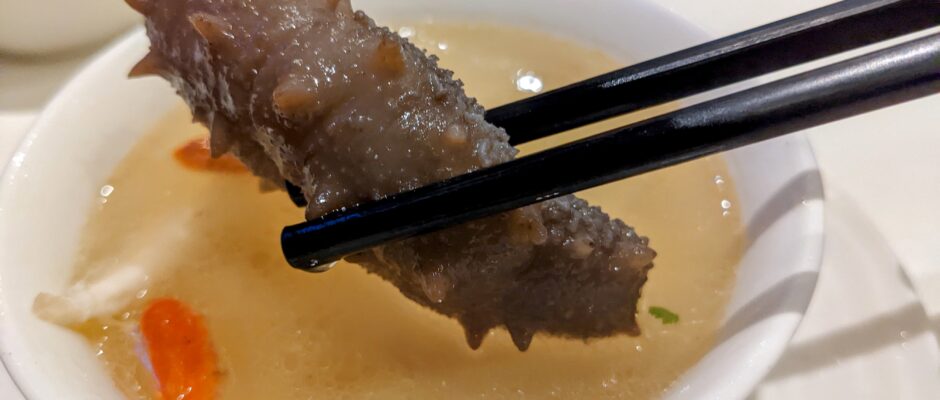Wolf Fish: A New Seafood Delicacy Emerging from the Depths
The world of marine aquaculture is poised to welcome a new addition to its ranks – the wolf fish, a species that scientists have identified as having immense potential for culinary consumption. Researchers from the University of Gothenburg in Sweden are diligently working on developing inland breeding and high-protein feeding techniques for wolf fish (Anarhichas lupus), paving the way for its introduction into the global seafood market. Expanding Seafood Culinary Diversity Dr. Ida Hedén, from the Department of Biological and Environmental Sciences at the University of Gothenburg, emphasizes the importance of diversifying the seafood market. She asserts that relying solely on a handful of fish species for consumption is not sustainable, both in terms of market diversity and food security. The wolf fish emerges as a promising candidate to address this challenge. A Culinary Delight The wolf fish is a native inhabitant of the seafloor, inhabiting confined spaces close to the seabed. This natural habitat preference makes it well-suited for aquaculture, as it readily adapts to enclosed environments. Hedén, who also has a culinary background, highlights the wolf fish’s culinary appeal. Its firm, white flesh is a versatile ingredient, lending itself well to grilling and pairing with traditional accompaniments like boiled potatoes and egg sauce. Sustainable Feed Sources from Waste Products Recognizing the wolf fish’s preference for a high-protein diet, Hedén is exploring innovative ways to reduce dependence on fish meal as its primary feed source. She is investigating the potential of extracting shrimp and herring protein from processed water from the fish processing industry. This approach not only promotes sustainability but also offers a circular solution, reintroducing high-protein feed extracts from waste products back into the food production cycle. Addressing Growth Rate Challenges One challenge faced with wolf fish farming is its slower growth rate compared to salmon, a commonly farmed fish species. Undeterred by this, Hedén is actively pursuing the development of faster-growing wolf fish strains. Land-based fish farms, with their controlled environments and tanks on land, present an ideal setting for nurturing these faster-growing strains. This approach also minimizes conflicts with other coastal interests. A Promising Future for Wolf Fish Aquaculture The wolf fish, with its firm flesh, adaptability to inland breeding, and potential for sustainable feed sources, holds immense promise for the future of marine aquaculture. As research and development continue to refine farming techniques and optimize growth rates, the wolf fish is poised to become a culinary delicacy, gracing plates and food counters worldwide. Its introduction will not only expand the diversity of seafood offerings but also contribute to a more sustainable and resilient food system.



